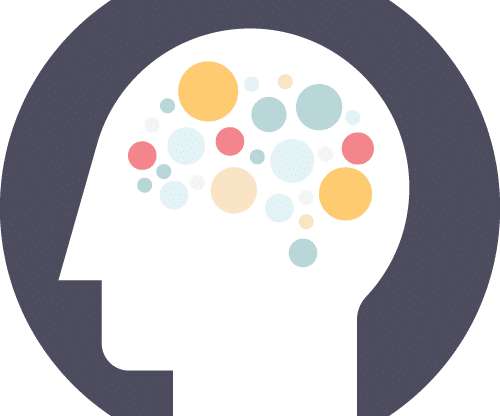8 Must-Read Neurolearning™ Books
eLearningMind
NOVEMBER 10, 2022
Instead, Neurolearning is a combination of learning theory and neuroscience; a complicated study of how the brain (and the nervous system) works and reacts to stimuli and situations. For our purposes, Neurolearning helps us understand the way individuals learn and how to turn material into memories for later retention.















Let's personalize your content